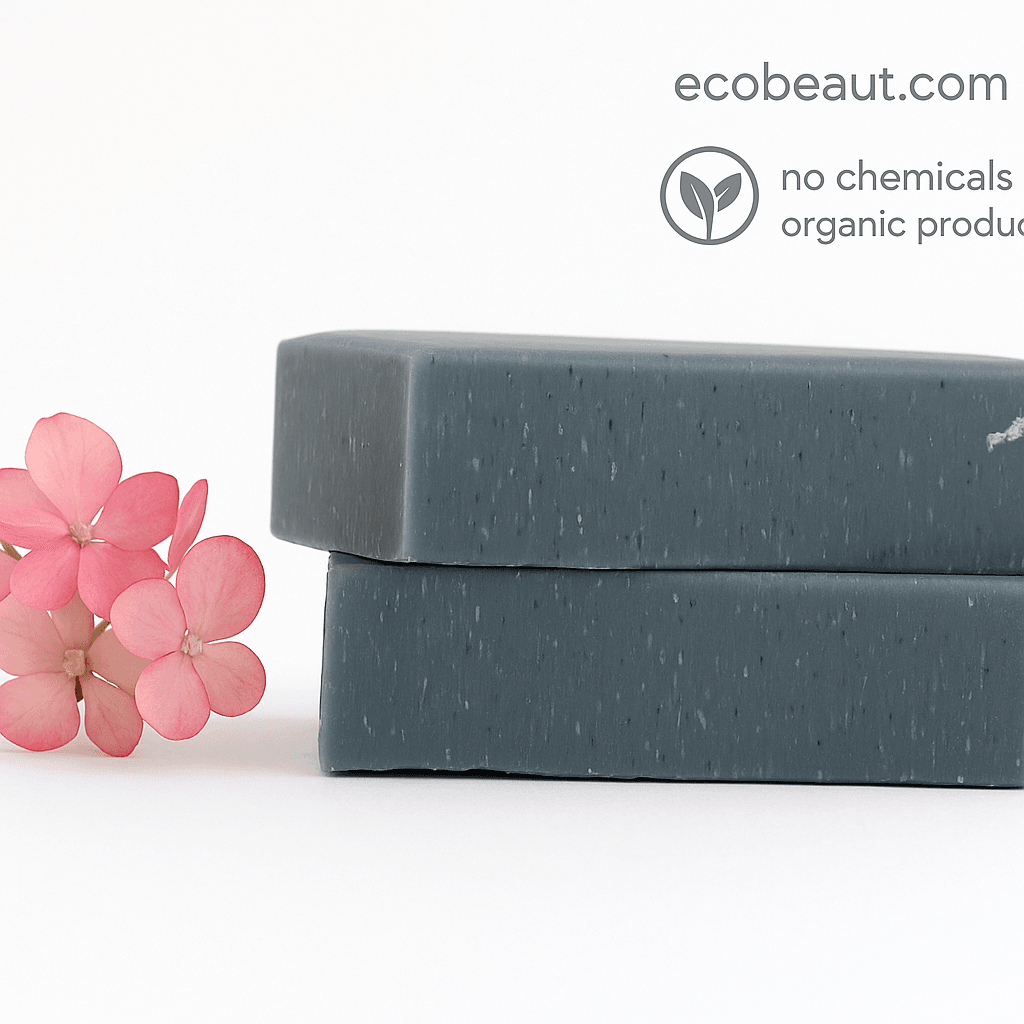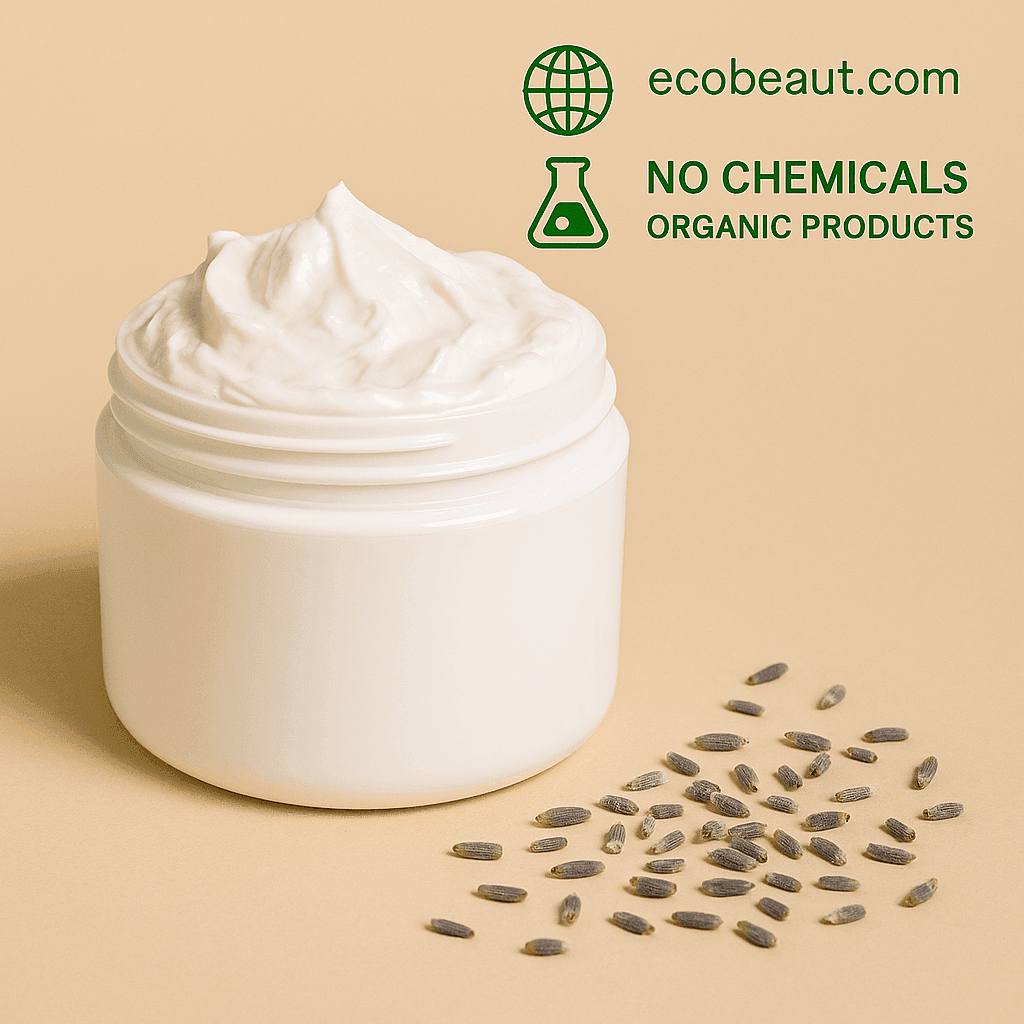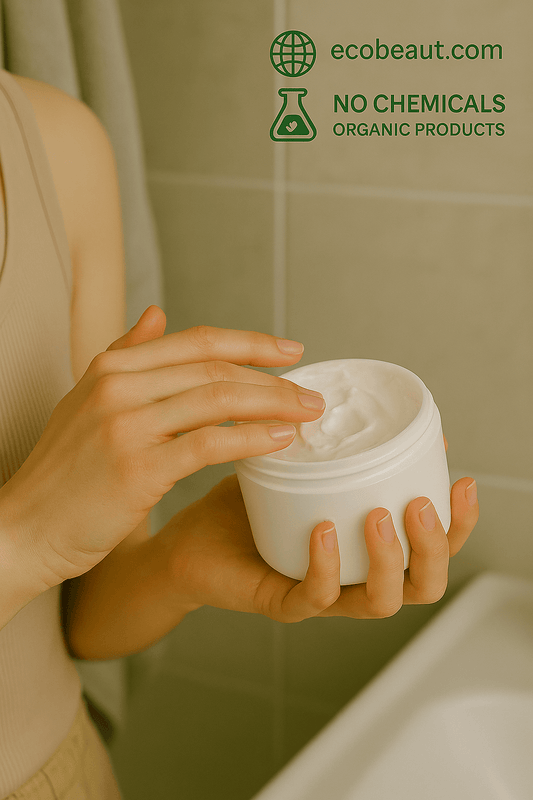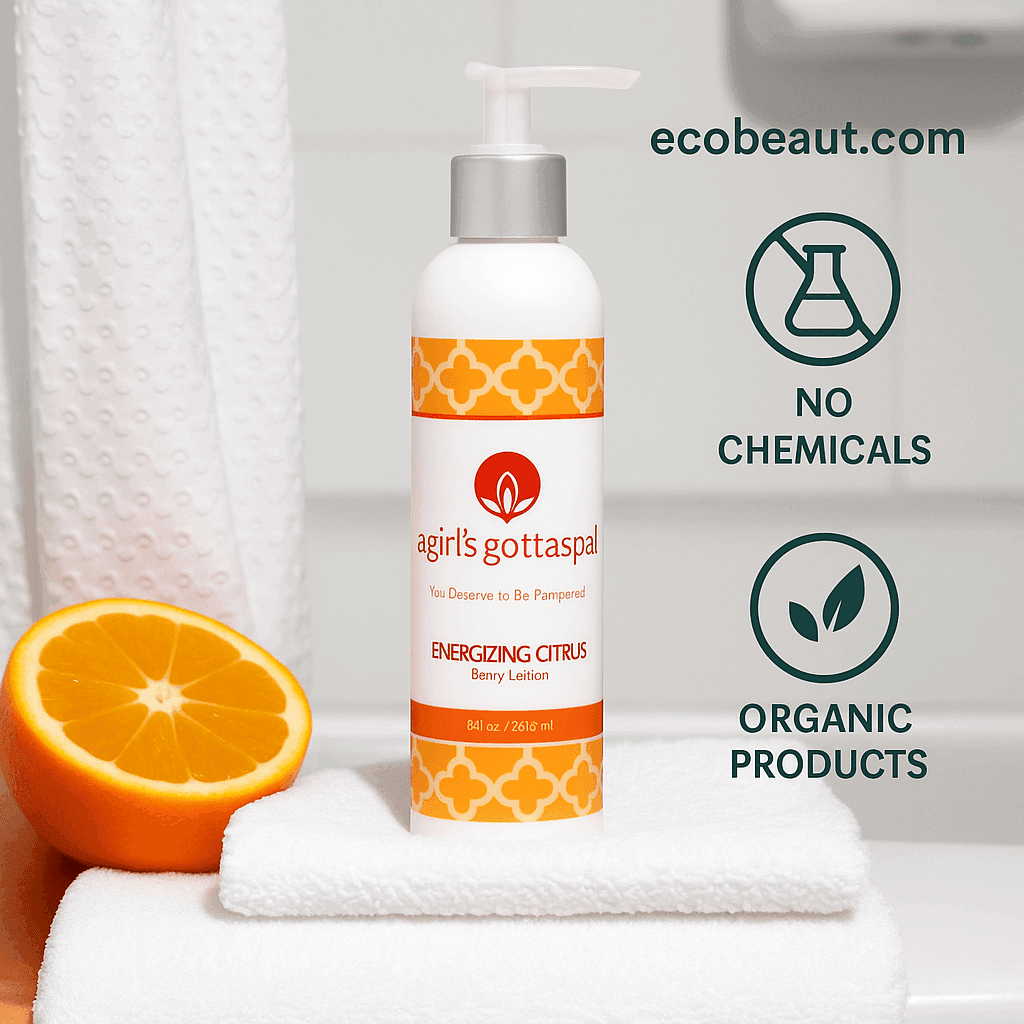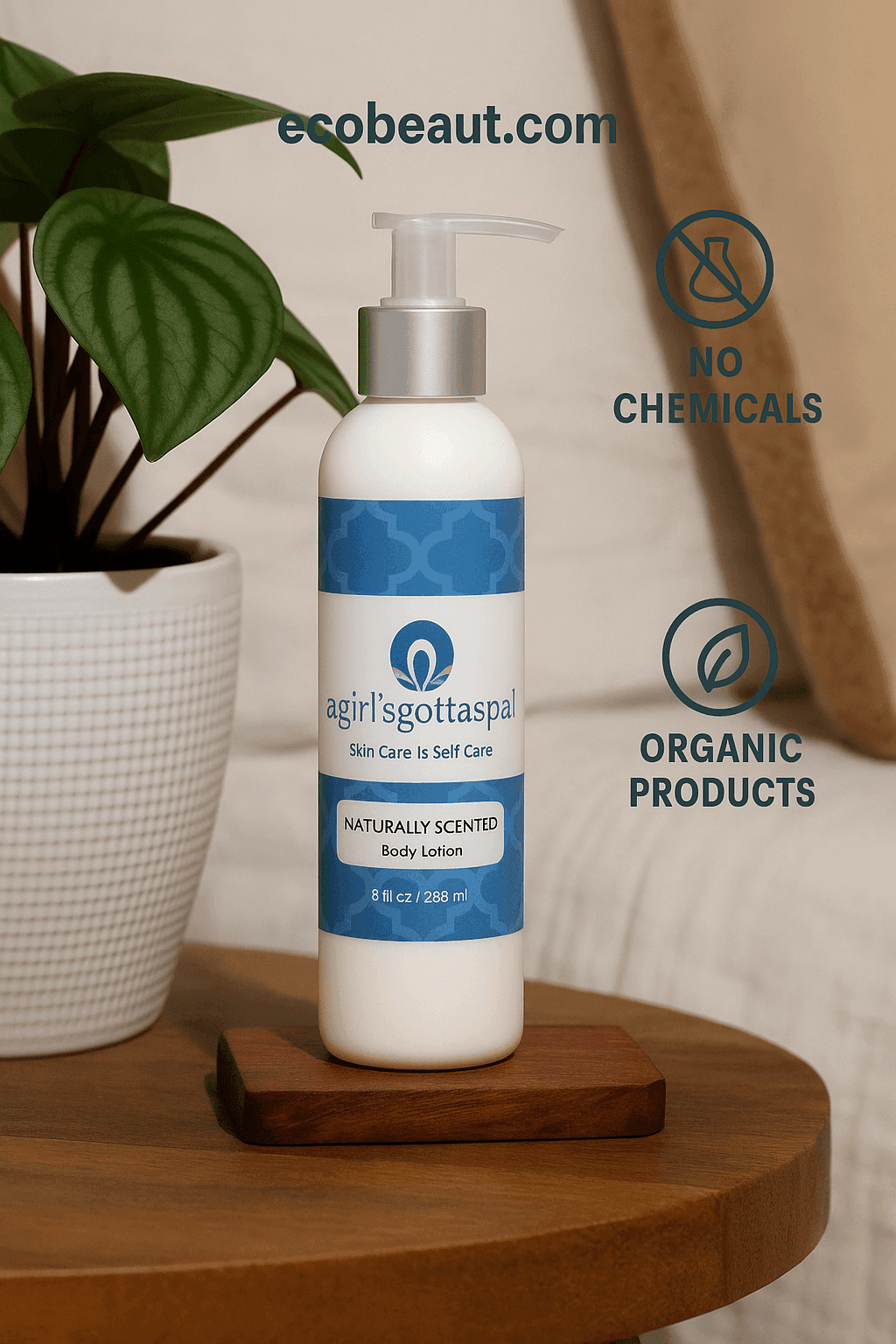As environmental concerns grow, consumers are becoming more aware of the ingredients found in everyday products. From skin care and cosmetics to household cleaners, eco-friendly ingredients are gaining traction for their safety and sustainability. But what exactly makes an ingredient green, and how do these choices impact human health and the planet? This article explores the science behind common eco-friendly ingredients, explaining how they differ from their conventional counterparts and why they are considered safer.
What defines a green ingredient?
An eco-friendly ingredient is typically characterized by its ability to minimize harm to the environment throughout its lifecycle. This includes sustainable sourcing, biodegradability, non-toxic effects on ecosystems and a low carbon footprint during production. In addition to being environmentally safe, these ingredients also pose minimal risks to human health by avoiding the use of harmful chemicals such as synthetic dyes, parabens, sulfates or microplastics.
These ingredients are often derived from renewable sources - such as plants or minerals - and are processed using methods that reduce waste and pollution. Certifications such as ECOCERT, COSMOS and USDA Organic help verify that products meet these criteria and provide transparency in the marketplace.
Key features of eco-friendly ingredients
1. Biodegradability
One of the hallmarks of environmentally friendly ingredients is their ability to break down naturally in the environment without leaving toxic residues. Many synthetic chemicals used in cosmetics, cleaning products and packaging can accumulate in water systems and threaten marine life. Ingredients such as coconut oil, bamboo extract and essential oils are biodegradable, meaning they break down into harmless components, minimizing their environmental footprint.
For example, sodium coco sulfate, derived from coconut oil, serves as a gentler alternative to sodium lauryl sulfate (SLS), a common surfactant known to cause water pollution. Once released into the environment, sodium coco-sulfate quickly biodegrades, reducing its impact on aquatic ecosystems.
2. Non-toxic to humans and wildlife
Eco-friendly ingredients prioritize safety for both human health and wildlife. Conventional chemicals such as parabens and phthalates have been linked to endocrine disruption, potentially affecting reproductive health and hormone levels in both humans and animals. On the other hand, plant-based preservatives such as grapefruit seed extract and rosemary oil offer similar antibacterial properties without the toxic side effects.
In cleaning products, synthetic chemicals such as ammonia and chlorine are common but harmful, releasing fumes that can irritate the respiratory system. Eco-friendly alternatives use citric acid, derived from citrus fruits, or vinegar, both of which are safe and effective natural cleaners. These ingredients not only protect human health, but also prevent toxic buildup in water supplies and soil.
3. Renewable and sustainable sourcing
Sustainability plays an important role in determining whether an ingredient is environmentally friendly. Renewable resources, such as coconut oil, aloe vera or shea butter, can be replenished naturally, reducing environmental impact. These ingredients are often sourced through sustainable farming practices, such as agroforestry, which preserves biodiversity and prevents soil depletion.
In contrast, some conventional ingredients rely on fossil fuels or non-renewable resources, such as petroleum-based compounds. For example, the production of petroleum not only contributes to environmental degradation, but also produces greenhouse gases. Replacing mineral oil with sustainably sourced vegetable oils - such as jojoba oil or canola oil - reduces the carbon footprint of products while supporting fair trade practices.
4. Low environmental toxicity in production and disposal
Conventional beauty and cleaning products often contain chemicals that persist in the environment long after disposal. Microplastics used in exfoliating products and synthetic surfactants are known to accumulate in the oceans, contributing to pollution and endangering marine life. In contrast, eco-friendly alternatives use sugar-based surfactants or walnut shell powder as biodegradable exfoliants.
During production, eco-friendly ingredients produce fewer emissions and less waste than synthetic chemicals. For example, the extraction of coconut-derived surfactants requires less energy and water than the production of synthetic alternatives. In addition, packaging made from biodegradable materials, such as cornstarch-based plastics, ensures that these products have no long-term impact on the environment.
Common eco-friendly ingredients and their benefits
1. Vegetable oils and butters
- Coconut Oil: Used for moisturizing and cleansing, coconut oil is known for its antibacterial properties and high biodegradability.
- Shea Butter: A natural emollient, shea butter is sustainably harvested from African shea trees, providing economic benefits to local communities.
- Jojoba Oil: This oil mimics the skin's natural sebum, making it a great alternative to synthetic moisturizers.
2. Natural Surfactants
- Coco-Glucoside: A gentle surfactant derived from coconut and sugar, commonly used in shampoos and body washes.
- Decyl Glucoside: Another sugar-based surfactant, ideal for sensitive skin, with low environmental impact.
3. Natural Preservatives
- Grapefruit Seed Extract: An antimicrobial agent that extends the shelf life of products without synthetic chemicals.
- Vitamin E (tocopherol): In addition to being a powerful antioxidant, vitamin E acts as a natural preservative, preventing oils from going rancid.
4. Essential Oils
- Lavender Oil: Known for its soothing properties, lavender oil also acts as a natural antibacterial agent.
- Tea Tree Oil: A popular ingredient for treating acne and infections, with strong antifungal properties.
Environmental impact of green ingredients
By choosing eco-friendly ingredients, manufacturers and consumers can reduce their environmental footprint in several ways:
- Reduced water pollution: Ingredients that biodegrade quickly help prevent the buildup of pollutants in rivers, lakes and oceans, protecting aquatic life.
- Reduced Carbon Emissions: Sustainable farming practices and energy-efficient manufacturing reduce the carbon footprint of environmentally friendly products.
- Protecting biodiversity: Sourcing ingredients in an ethical and sustainable manner ensures that natural habitats are preserved, protecting plant and animal species.
For example, using palm oil substitutes such as babassu oil can reduce the environmental damage caused by palm plantations, which contribute to deforestation and habitat loss for endangered species such as orangutans.
The future of green ingredients
As the demand for environmentally conscious products grows, research and innovation in sustainable chemistry is advancing rapidly. Scientists are exploring new ways to extract ingredients with minimal environmental impact, such as fermentation-based methods that reduce the need for harmful solvents. In addition, plant-based bioplastics and algae-derived compounds are being developed to further reduce reliance on petroleum-based products.
Brands are also embracing circular economy models, where product packaging is designed for reuse or composting. This trend aligns with the values of eco-friendly ingredients, as it minimizes waste and encourages responsible consumption.
The bottom line
The science behind green ingredients lies in their ability to protect both human health and the environment. Derived from renewable sources, biodegradable materials and non-toxic compounds, these ingredients offer a safer alternative to conventional chemicals. Whether it's natural oils, plant-based surfactants or sustainable packaging, eco-friendly products promote a more responsible and conscious approach to beauty and personal care.
Choosing eco-friendly ingredients is not just a trend-it's a shift toward sustainability that benefits individuals, communities and ecosystems alike. As consumers become more aware of the environmental impact of their choices, the demand for safe, effective and environmentally conscious products will continue to shape the future of the industry.


